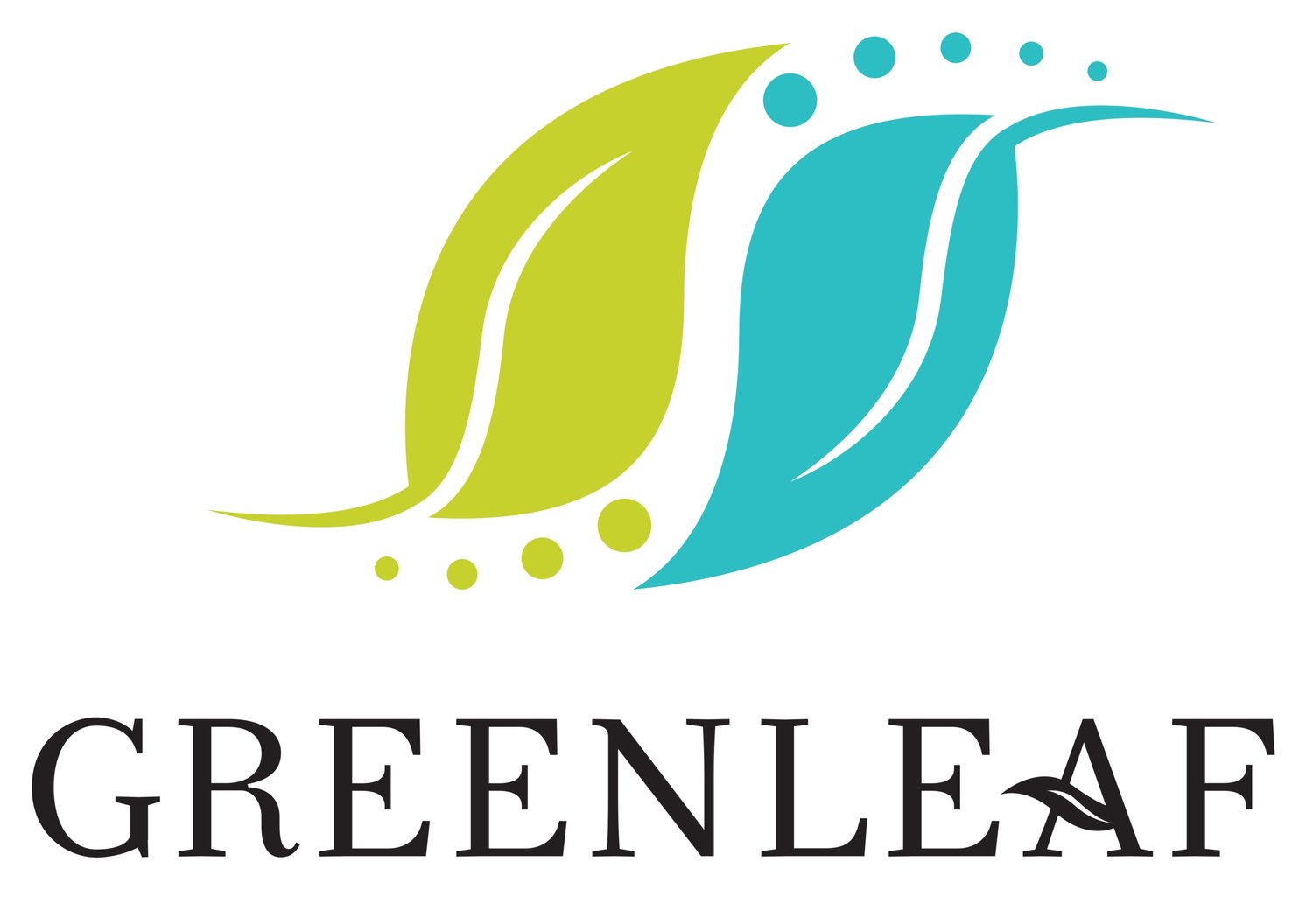WHAT DOES “LEVEL OF CARE” MEAN
WHEN CHOOSING AN ASSISTED LIVING?
When looking at assisted living communities, you’ve probably come across the phrase “levels of care”. But what, exactly, does it mean?
Assisted living “levels of care” generally refers to how much assistance a person needs with activities of daily living (ADLs) as well as management of one’s health.ADLs include tasks like getting dressed, taking a bath or shower, eating and using the restroom. Medical needs may depend on whether the individual can take prescription medications and manage chronic conditions independently or whether assistance is needed.
ASSISTED LIVING LEVELS OF CARE BY INDIVIDUAL ACTIVITY
Each resident is unique and will require a different amount of assistance. Use the checklist below to assess the need for assistance and the amount and type of assistance required.
BATHING. Some residents simply need a reminder to take a bath or shower at the right time. Others may be able to bathe themselves, but need someone nearby if they are at risk of falling. Still others may need one or more caregivers to assist with bathing.
DRESSING. One resident may be able to choose and put clothes on but lack the manual dexterity to fasten buttons and zippers or the flexibility to put on shoes. Another may need assistance choosing the right clothes to wear in addition to assistance with dressing.
GROOMING. This includes activities like brushing teeth, fixing one’s hair and shaving. If a resident lacks range of motion in his or her shoulders, for example, hair brushing may be difficult and require the assistance of a caregiver.
MOBILITY This includes walking, the ability to use mobility aids, and the ability to transfer or stand. In some cases a resident who can use a wheelchair or cane independently may actually need less care than another resident who needs assistance with standing or walking.
INCONTINENCE. A resident may have the ability to independently manage incontinence, such as changing protective underwear without assistance. Residents who require assistance from a caregiver are classified as needing a higher level of care.
EATING. Some individuals can feed themselves but need assistance cutting their food. Some individuals may be at risk of choking and require the presence of a caregiver as a safety precaution. Those with limited upper body function may need a caregiver to assist with feeding.
MEDICATION. Is the resident able to fill and take medications without assistance? Some residents may have trouble opening pill bottles or self-administering injections. Others may be able to take medications independently but rely on daily reminders to make sure they are getting the correct dosage and taking prescriptions at the right times.
ASSISTANCE. Residents who only need assistance with one ADL is classified as needing fewer caregivers and a lower level of care, while those with multiple impairments may require a higher level of care from multiple caregivers.
OVERALL LEVEL OF CARE NEEDED
Knowing the individual ADLs and medical requirements, you can assess the resident’s overall level of care.
LEVEL ONE. Low level of care. A resident who’s mostly independent, but may need reminders to perform ADLs. Some may require a low level of supervision or assistance to ensure that tasks are performed correctly and safely.
LEVEL TWO. Intermediate or moderate level of care. A resident who may be independent with some ADLs, such as feeding oneself, but need assistance with others, such as getting dressed.
LEVEL THREE. High level of care. An individual who has impairments that affect multiple ADLs and requires a comprehensive level of assistance from one or more caregivers.
Contact us today to discuss the level of care you or a loved one needs to enjoy the quality of life we all deserve.
